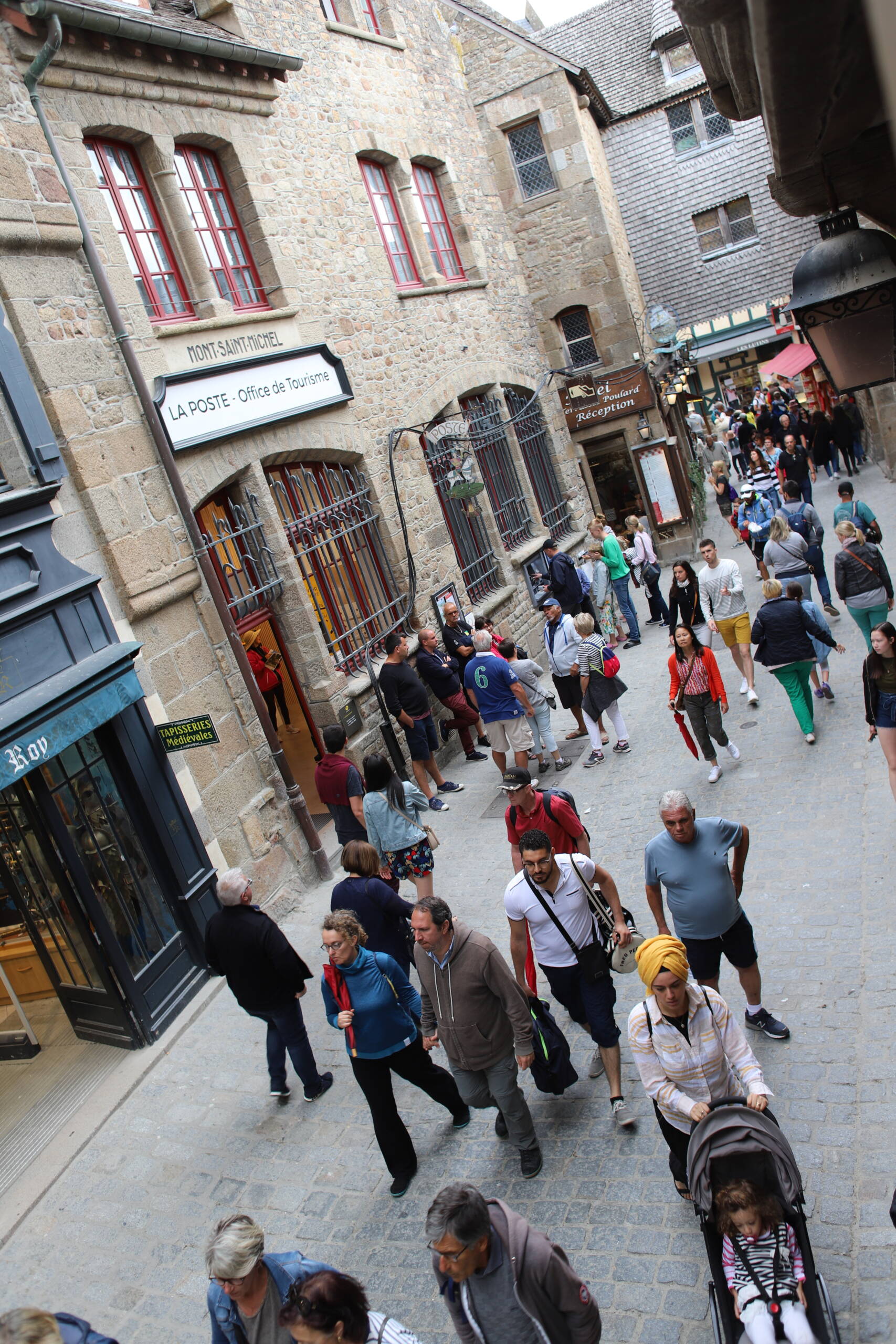The travel industry has undergone significant changes in recent years, driven by the need to address the growing issue of overtourism. As popular destinations around the world face the pressures of excessive tourist influx, travel marketing strategies have had to adapt to promote more sustainable and responsible tourism practices. This shift is not just a reaction to environmental and social impacts but also a strategic move to preserve the long-term appeal and viability of travel destinations.
One of the primary changes in travel marketing is the emphasis on promoting lesser-known destinations. By highlighting the hidden gems and off-the-beaten-path locations, marketers aim to distribute tourist traffic more evenly. This approach not only helps alleviate the pressure on overcrowded hotspots but also supports local economies in less frequented areas. Campaigns now often feature destinations that offer unique cultural experiences, stunning natural landscapes, and opportunities for authentic interactions with local communities. This strategy not only diversifies the tourism experience but also fosters a deeper appreciation for the cultural and environmental diversity of a region.
The image captures a bustling street scene in a historic European town, likely Mont-Saint-Michel, as suggested by the signage for the local post office and tourist office. The narrow cobblestone street is flanked by charming stone buildings with red-framed windows and rustic signage, exuding an old-world charm that is quintessentially French. The street is crowded with tourists, indicating the popularity of the destination. Groups of people walk along the street, some engaged in conversation, others peering into shop windows or taking photographs. Among the crowd, there are families with strollers, couples holding hands, and solo travelers, all contributing to the vibrant, albeit congested, atmosphere.

This lively scene exemplifies the challenges and opportunities associated with overtourism in popular tourist destinations. The allure of Mont-Saint-Michel, with its medieval architecture and rich history, draws visitors from around the world, resulting in the bustling activity depicted in the image. However, the high volume of tourists also places significant strain on the infrastructure and local resources, highlighting the need for strategic travel marketing to manage and mitigate the impacts of overtourism.
Travel marketing strategies have evolved to address these challenges by promoting off-peak travel and lesser-known destinations. For Mont-Saint-Michel, this could mean highlighting nearby villages and attractions that offer similar historical and cultural experiences without the crowds. Encouraging tourists to visit during less busy times of the year can also help distribute the influx of visitors more evenly, reducing the strain on the town’s infrastructure and enhancing the visitor experience. Marketing campaigns that emphasize the benefits of slow travel can also be beneficial. By encouraging tourists to spend more time exploring Mont-Saint-Michel and its surroundings in a more leisurely manner, the experience becomes more immersive and meaningful, while also reducing the environmental impact associated with rapid, high-turnover tourism.
The image also underscores the importance of digital platforms in shaping modern travel behaviors. Social media influencers and travel bloggers can play a pivotal role in guiding tourists towards more sustainable travel choices. By showcasing their own experiences in lesser-known parts of the region, or by emphasizing the beauty of Mont-Saint-Michel during quieter times, they can inspire their followers to adopt more responsible travel habits.
Ultimately, the bustling scene in Mont-Saint-Michel represents both the appeal and the challenges of popular tourist destinations. Through strategic travel marketing that promotes sustainability, slow travel, and off-peak visits, the tourism industry can address the issues of overtourism while preserving the charm and allure of historic sites like Mont-Saint-Michel for future generations.
Travel marketing has also increasingly focused on the concept of slow travel. Encouraging tourists to spend more time in one place rather than hopping between multiple destinations reduces the carbon footprint associated with frequent travel. It also allows for a more immersive experience, where travelers can develop a meaningful connection with the place they are visiting. Marketing campaigns now highlight activities such as local culinary tours, extended stays in rural areas, and participation in traditional crafts and festivals. These experiences not only enrich the traveler’s journey but also promote a more sustainable interaction with the destination.
Another significant shift in travel marketing is the integration of eco-friendly practices and sustainable tourism initiatives. Marketers now emphasize accommodations and tour operators that prioritize sustainability. This includes promoting eco-lodges, green hotels, and tours that adhere to environmental conservation principles. Campaigns often highlight the efforts of destinations to preserve their natural and cultural heritage, such as wildlife conservation projects, community-based tourism initiatives, and sustainable infrastructure development. By aligning marketing messages with the growing consumer demand for responsible travel, the industry is fostering a more environmentally conscious traveler mindset.
Digital platforms and social media have become crucial in this new era of travel marketing. Influencers and travel bloggers who advocate for sustainable travel practices play a significant role in shaping public perception and travel choices. Marketing strategies leverage the power of visual storytelling to showcase the beauty of lesser-known destinations and the importance of responsible tourism. Hashtags like #TravelResponsibly and #SustainableTourism have gained traction, encouraging travelers to share their eco-friendly travel experiences and inspiring others to follow suit.
Travel marketing is now increasingly personalized, leveraging data analytics to offer customized travel recommendations that align with an individual’s preferences and sustainability values. This personalization extends to promoting off-peak travel periods, which helps reduce the strain on popular destinations during high season. By offering tailored travel experiences that consider the environmental and social impact, marketers are able to attract a new generation of travelers who prioritize sustainability.
The travel industry’s shift in marketing strategies to address overtourism concerns represents a broader commitment to sustainable development and responsible tourism. By promoting lesser-known destinations, advocating for slow travel, highlighting eco-friendly practices, leveraging digital platforms, and personalizing travel experiences, the industry is paving the way for a more balanced and sustainable future for global tourism. This transformation not only benefits the environment and local communities but also ensures that travel remains a rewarding and enriching experience for generations to come.
Leave a Reply